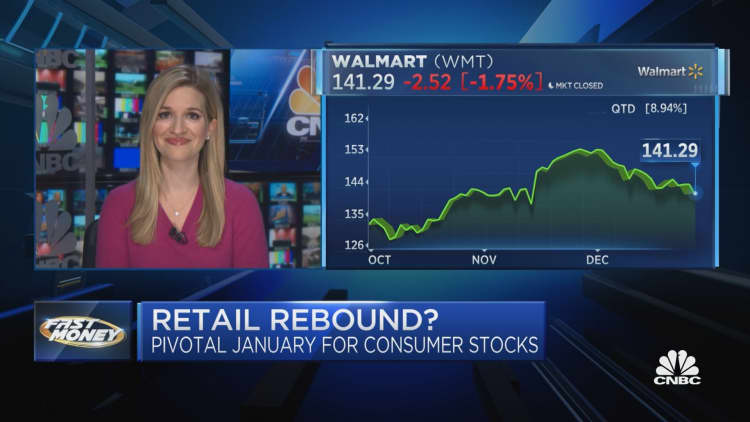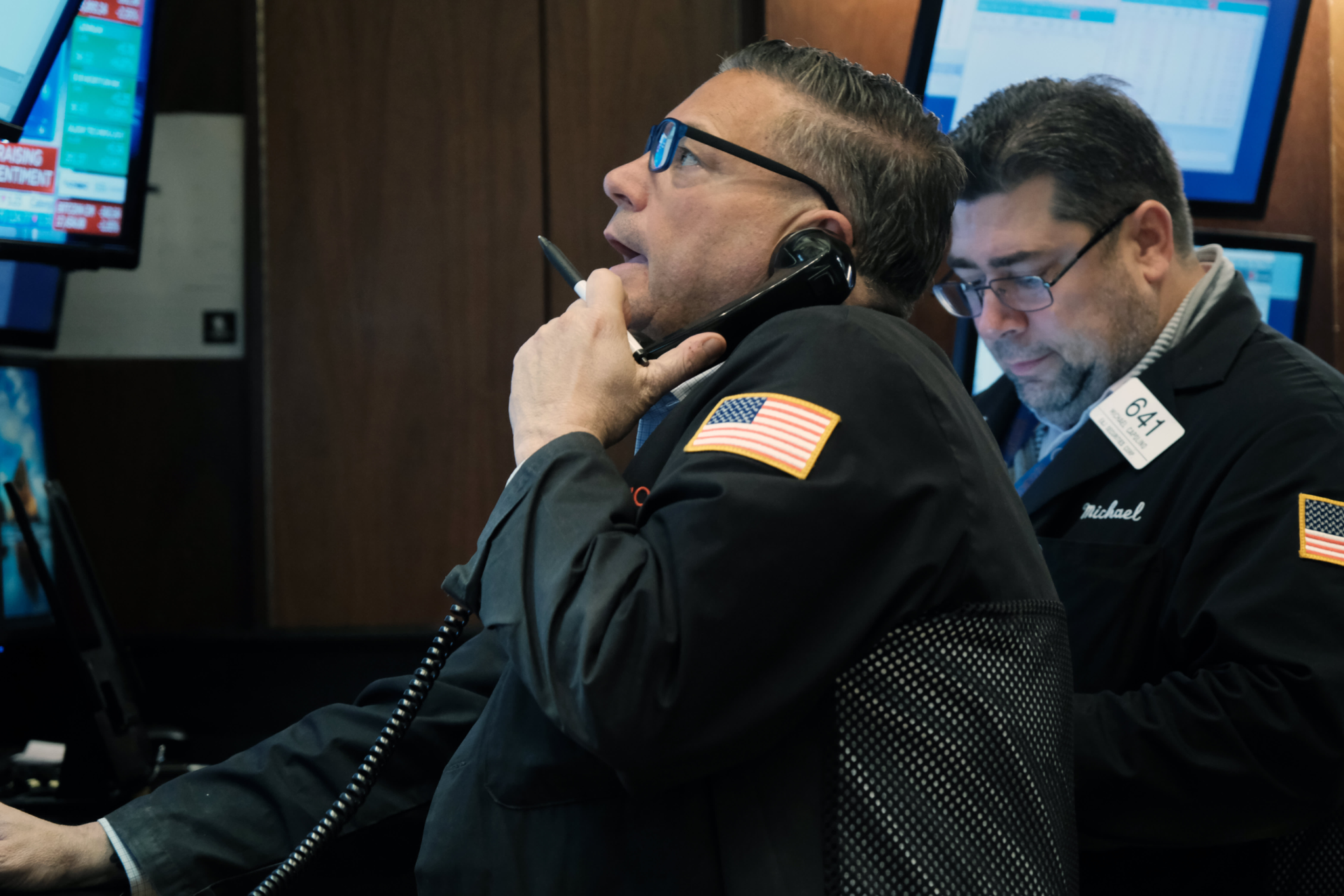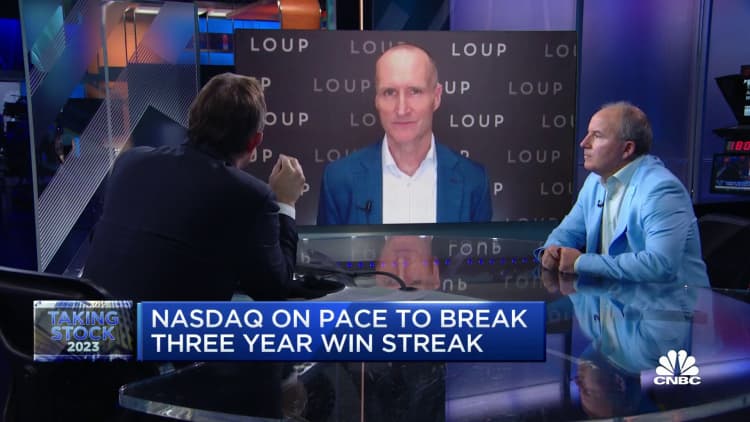San Francisco is facing its highest office vacancy rate since 1993. Commercial real estate firm CBRE said in a recent report that 27.1 million square feet of a total of 90 million square feet is currently vacant.
“The issue started with the pandemic,” said Colin Yasukochi, CBRE’s executive director at its Tech Insights Center. “Prior to the pandemic, in the city of San Francisco, our office vacancy rate was about 4%. Which meant that 4% of all the space, the millions and millions of square feet of space that we had in the city, were vacant. Today, that number is more like 26%.”
With remote work gaining popularity, the problem is only expected to worsen. San Francisco has been referred to as the work-from-home capital of the United States, with the American Community Survey finding that 46% of employees in San Francisco worked from home in 2021, up from 7% in 2019.
To combat the rising number of office vacancies, one local legislator is pushing to convert empty office buildings into residential buildings. Matt Haney, a Democratic state Assembly member, says tackling the empty office problem could help the city take the much-needed steps it needs to address the housing crisis.
“What we can’t do is just leave these buildings empty. That would be bad for our city’s downtown. It would be a total waste,” Haney said. “There are some obvious things that we can look at, where we can meet some of the other needs that we have and actually solve another problem that we have, and that’s our housing crisis.”
Under the Housing Element, the state of California is mandating that San Francisco build 82,000 new units of housing, including affordable units meant for low-income residents, by 2031. In order to meet that goal, the city needs to build 10,000 units of housing per year starting next year. However, San Francisco Mayor London Breed believes that task is easier said than done due to the lack of support from local legislators.
“It’s going to require that we make some major changes that I know our legislative body is not going to be open to,” Breed said. “But if they don’t, what’s going to happen? State support for affordable housing is going to be taken away. Tax credits and all the things that we enjoy to support the ability for us to build housing in the first place in San Francisco is going to be taken away.”
The latest CBRE report published in early December said that office vacancies reached a nearly 30-year high in the third quarter with a vacancy rate of 25.5%. And those rising vacancy rates are having a major impact on the city’s economy.
“We are facing an over $700 million budget deficit, mostly as a result to the challenges around our empty office spaces, as well as we’re seeing businesses closed in the financial district,” Breed said.
CBRE data revealed that so far in 2022 there have been 42 office conversion completions in the U.S., but only 17% of those have been into multifamily homes, while 46% has been office-to-lab conversions.
“The rents that you can get for a life sciences lab space are much higher than office space. So it makes that conversion financially viable,” said Yasukochi. “We have high demand for residential still, but not at the price that would be required for a developer to be able to do that from a financial perspective.”
Under current market conditions, many developers lack incentives to build housing, and strict housing policies often mean developers go through lengthy processes that can turn a profitable project into one that loses money and time.
However, in many cases developers are already at a point where they are investing in costly upgrades. Office conversion typically takes place in older, Class C buildings in need of major repair and remodeling and often in unfavorable locations. While an office-to-residential conversion may require the stripping of a building, in most cases it’s still much cheaper than building from the ground up.
“The most important thing from a developer standpoint is what makes the most financial sense,” said Marc Babsin, president of Emerald Fund, a real estate development company that completed one of the largest office-to-residential conversions in the city at 100 Van Ness Ave.
“There’s a lot of things that are standing in the way of converting office to residential. The biggest one being that the numbers aren’t working today because construction costs are so high. There are things that the government could do to make it easier,” Babsin said.
The San Francisco mayor said the problem is that it takes a long time to build housing, especially given all the requirements.
“We have so many laws on the books already in terms of height limitations, in terms of open space, in terms of number of units, in terms of everything that you have to do to build,” Breed said. “And then on top of that, we make people go through an insane process which takes an extremely long time.”
While office-to-residential conversion is seen as a step in the right direction to address San Francisco’s housing crisis, it is years away from being a solution. Breed says the city needs to build more housing in any manner.
“We just need all housing,” she said. “You know affordable housing sounds good, but when you go through the process to try and get access to affordable housing in this city, it is hard and it is really, really challenging. And the system that we have tried to repair under state and federal law has been very, very difficult to work under. And so as far as I’m concerned, we need to be as aggressive as we can to get more housing built.”
















